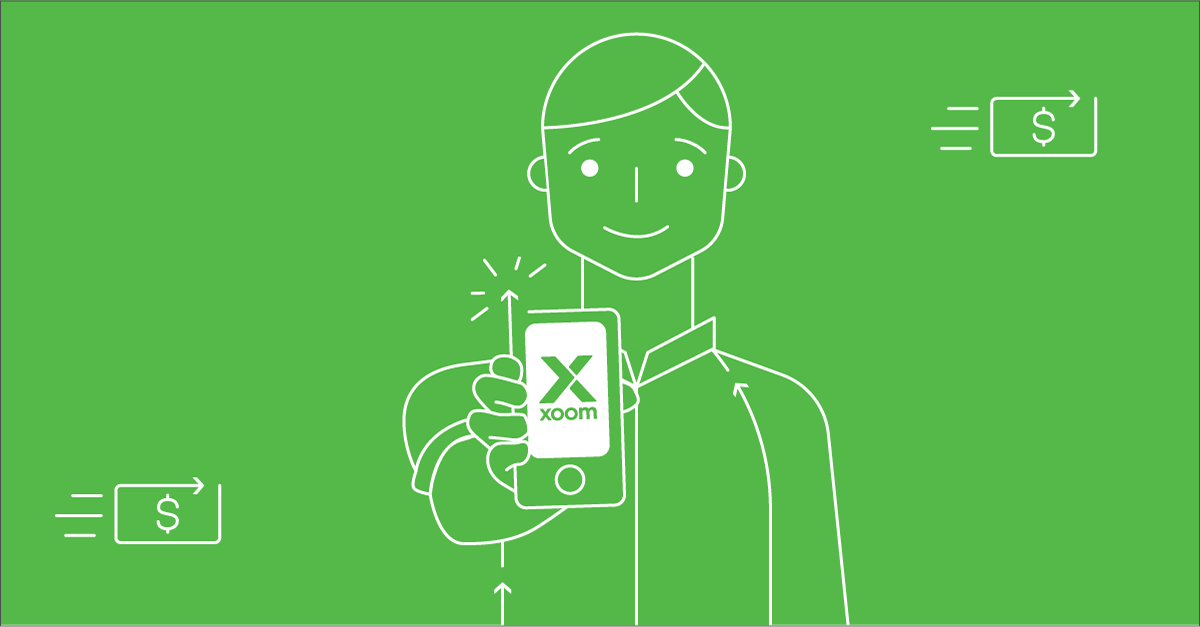Digital Remittances and Global Financial Health
Mar 24, 2017 12:20 PM ET

Originally posted on PayPal Stories
In 2015, there were 244 million international immigrants – the highest number ever recorded and up 12 million from 2013.[i] The 2016 numbers will no doubt be higher. Many immigrants move to new countries in search of a better life. Some are escaping poverty, war, or famine; others are seeking an education; and some simply want to start anew. These immigrants often sign a social contract with their families to send back money – remittances – for support or to invest in local opportunities.
These remittances serve as lifeline for many people around the world. In 2016 alone, the World Bank estimated that immigrants would send more than $600 billion in remittances.[ii] Remittances have historically been expensive due to the security involved and inefficiencies in managing and moving money across borders. However, for the first time, we are seeing a direct link in how digital solutions not only help make moving money across borders more affordable for individuals, but also how they have the potential to reduce global poverty levels on a macro scale.
Just 10 years ago, the notion that you could send money to a family member across the world safely and securely in a manner of minutes using just your phone seemed impossible. Technology, in particular mobile technology, has since evolved to allow for faster, more convenient, cost effective and more secure remittances.
DIGITAL SOLUTIONS REDUCE REMITTANCES COSTS
A recently published Xoom/PayPal research paper compares the costs associated with digital remittance services with World Bank data on traditional global remittance prices.[iii] The study reveals that sending money overseas digitally cuts costs by nearly one-half. Moreover, because digital remittances are linked with existing banking systems in each country, money is transferred and received securely throughout the process.
Other study findings include:
- The average cost of sending a remittance through a digital service like Xoom/PayPal costs nearly half (3.93%) of the amount sent compared to the average cost of traditional remittances services (7.45%).
- With global remittances expected to be $600 billion in 2016, a 3.52% savings from switching to digital services is equivalent to $21 billion in cost savings.
- The World Bank estimates that 767 million people live below the international poverty line of $1.90 per day. The additional remittances provided by cost savings from digital could lift nearly 30 million people out of poverty according to estimations by the UN Center for Trade and Development.[iv]
[i] IOM Releases Global Migration Trends 2015 Factsheet (Apr. 2016) [ii] World Bank, Migration and Remittances Recent Developments and Outlook (Apr. 2016) [iii] Analyzed a dataset of about 9 million transactions from June to November 2015 on PayPal and Xoom. [iv] “Impact of remittances on poverty in developing countries,” UNCTAD, 2011. [v] GSMA RESEARCH SHOWS MOBILE MONEY IS SIGNIFICANTLY REDUCING THE COST OF SENDING INTERNATIONAL REMITTANCES Nov. 2, 2016
John Kunze, VP of Xoom, a PayPal Service

